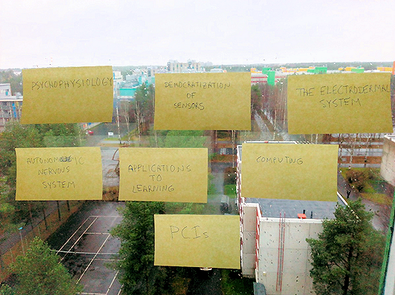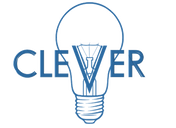
The proliferation of Massive Open Online Courses (MOOCs) with large numbers of learners from all over the world has provided the necessary fertilizer for the learning analytics field to grow and develop: a vast amount of ‘learning’ (actually study) data. The interaction of students with the platform to meet their learning goals leaves traces that can be inspected and analysed to understand how (online) learning happens. Event logs storing when the students sign in and out, watch videos, solve problems, interact with each other, use both specific and generic tools, and so on. These events can inform us about students’ behaviour and habits.
Learning analytics is a hybrid academic and also functional discipline that benefits from knowledge, techniques, and tools from computer science, educational data mining, information visualisation, and the learning sciences among other areas. All of these disciplines merge and interact with the purpose of enhancing the learning process based on data. In the SLAM project we have realised that there might be another powerful discipline that learning analytics can benefit from, namely psychophysiology (the branch of psychology dealing with the physiological bases of psychological processes). The name may sound sophisticated if you’re not used to it, but it might become commonplace or even a trend for what it has to offer.
Truth is that psychophysiology is an intricate field because it deals with the most perfect, complex and mysterious machine ever created: the human body. In short, psychophysiology studies the psychology behind physiological responses and vice versa. Think about how our heart rate increases when we get scared or how we perspire less when we are at ease. Psychological or mental states can be categorised in three big groups: cognitive, emotional and behavioural. All three play key roles in the regulation of learning. It’s no surprise then that psychophysiology is a promising ally for learning analytics. There is so much our body can tell us about anything we do, and there is so much unknown from the physiological language to date, that the possibilities for exploration appear to be endless. There’s a lot to discover but also much already explored terrain. Some physiological responses have been connected for example to mental effort (eyes fixation duration, heart rate acceleration), attention (skin conductance responses), engagement (spontaneous skin conductance activity), and performance (heart rate variability, breathing).
Measuring physiological responses – that is to say making sometimes barely observable physiological responses visible - sounds like something you have to do in a laboratory. However, the measurement devices, the biosensors, are invading modern life as wearables in the form of smartwatches, wristbands, armbands… Adoption rates are rising mainly for physical activity tracking, typically having information on heart rate during exercising, but what if people could also use their biosensors to get feedback on their learning processes? With the help of such physiological data we in the SLAM project are aiming for a biofeedback dashboard to explore the support of collaborative learning in our next experiment.
This does not mean that learning scientists have to become psychophysiologists, but it does mean that a new tool for learning research to embrace is knocking at the door. Will you give it a warm welcome? Let us know in the comments.
Héctor J. Pijeira-Díaz

 RSS Feed
RSS Feed
